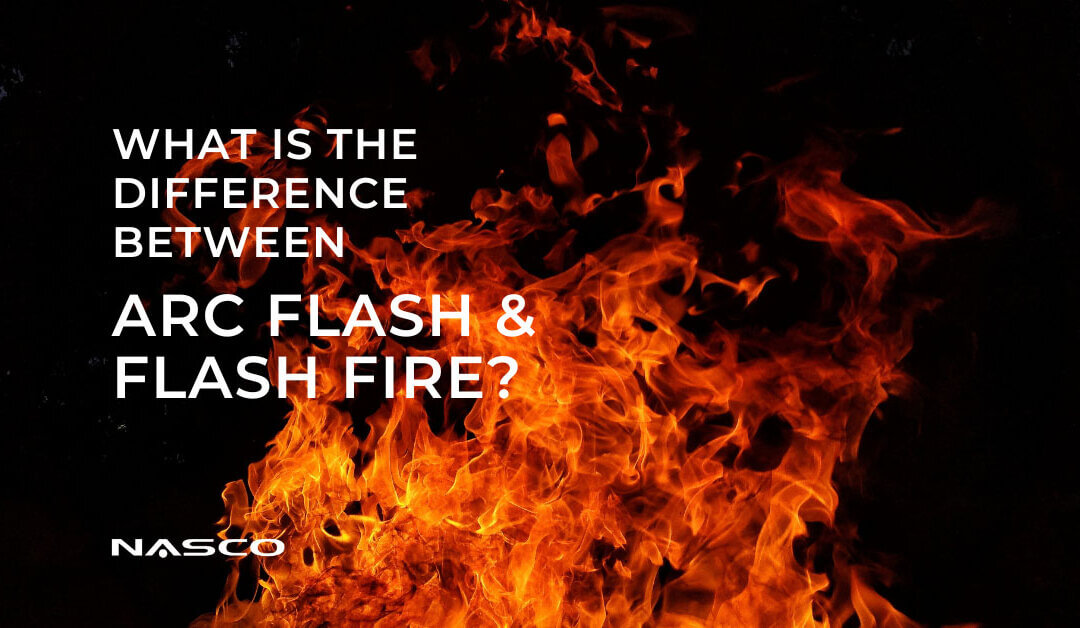Arc flash and flash fire are two distinct hazards that can occur in various work environments and pose different risks to workers. Understanding the difference between these two events is crucial for selecting the appropriate personal protective equipment (PPE).
- Arc Flash: An arc flash is an electrical explosion that occurs when a short circuit travels through the air between conductors or from a conductor to the ground. It can result from various factors, such as equipment failure, accidental contact, or inadequate maintenance. Arc flashes generate extremely high temperatures (up to 35,000°F or 19,426°C), intense light, and a powerful blast wave.
The primary risks associated with arc flash events include:
- Severe burns from the intense heat
- Eye injuries or blindness from the bright light
- Hearing damage from the loud noise
- Trauma or injuries from the blast pressure
Arc flash hazards are commonly found in industries where workers interact with energized electrical equipment, such as electric utilities, manufacturing, and construction.
- Flash Fire: A flash fire is a sudden, intense fire that spreads rapidly through a diffuse fuel, like flammable gases, vapors, or dust, and lasts for a short duration. Flash fires can occur in environments with a combustible atmosphere, such as those containing flammable liquids, gases, or dust. They typically result from an ignition source contacting the combustible material.
The primary risks associated with flash fires include:
- Severe burns from the flames
- Smoke inhalation and respiratory injuries
- Secondary fires caused by the flash fire
Flash fire hazards are commonly encountered in industries like oil and gas drilling, refining, or transporting, chemical processing, and gas utilities. Protective clothing designed for arc flash protection may not be suitable for flash fire protection, and vice versa. Understanding the specific hazards present in your work environment and selecting the appropriate PPE to protect against those risks is essential. Flame-resistant (FR) clothing is designed to self-extinguish and provide a certain level of protection for both hazards and additional features may be required for specific situations. Always consult safety professionals and follow industry standards to ensure you are adequately protected.
At NASCO, we pride ourselves in providing different lines of rain gear that provide the protection needed by workers exposed to Arc Flash and Flash Fire hazards.


Recent Comments